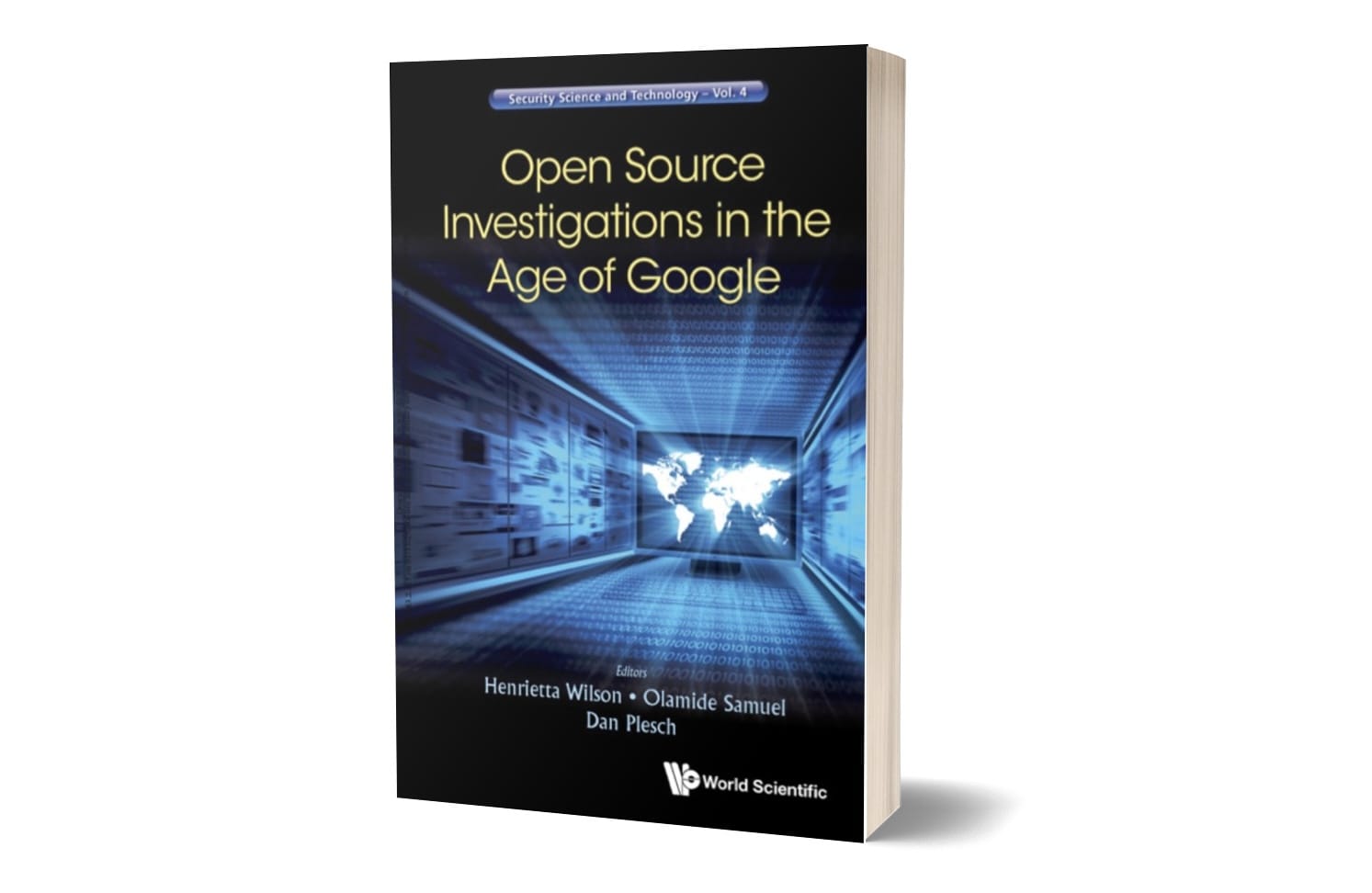How can you find out who is responsible for bombing hospitals in Syria without going to their home? How to look at Google Maps in a way that detects crimes against human rights? Can OSINT help solve the crime problem? How to ethically use the data obtained and how much can general human and professional ethics diverge? These and related questions are answered in the book Open Source Investigations in the Age of Google, edited by Henrietta Wilson, Olamide Samuel, and Dan Plesch, about open source intelligence. The authors and co-authors of the chapters included practicing investigators (Aric Toler, Christian Triebert, Andrew Feinstein, Richard Guthrie), whose experience covers a wide range - from war crimes to cyber threat investigations.
Excerpt for reference
In addition to mitigating personal risks, our work requires resolving ethical dilemmas. In particular, deciding when and how to publish the results of the investigation. For example, if we catch the liberation movement in illegal actions, it will be disarmed. And this can leave its members vulnerable to punitive and unfair government action. Such situations raise important but difficult questions about how to comply with ethical and legal standards in investigations. What criteria should you use to determine who to support? What can we do to stop people suffering at the hands of dictators? How can we collect evidence while ensuring that it is not inadvertently seized by intelligence agencies and used for personal gain rather than promoting security and stability in South Sudan? There are no easy answers to these questions. But we solve such dilemmas as they arise, turning to colleagues for help
OSINT, or open source intelligence, helps uncover enormous amounts of information for investigations. In just the last 20 years, this field has changed radically, and now access to significant amounts of data requires only a device with Internet access. The book's compilers and authors propose an interdisciplinary approach to investigation as a combination of social science tools and digital technologies in data collection and analysis.
In five parts, the authors analyze how open source intelligence has changed under the influence of social media and the Internet, provide examples of specific investigations, and reflect on how this data can influence society. In particular, how can those responsible for crimes against human rights be identified without physical access to the areas where these crimes are committed and how, with the help of this information, we can draw the attention of the government and the public to problems that remain in the shadows. The book examines the algorithms and stages of a number of investigations, in particular the confirmation of the authenticity of a video of the murder of two women and children in the Republic of Cameroon in July 2018 (then BBC refuted the Cameroonian government's statement that the video is fake), the use of OSINT to track small arms traffic, cases of investigations into the US and Russian bombings in Syria, and how to assess the nuclear weapons arsenal in different countries.
On the one hand, the book will be useful to those who are starting their journey in fact-checking and investigations: the authors consider specific protocols for intelligence on social networks, using satellite images and publicly available documents. On the other hand, it will also be useful for those who have been in the profession for many years: it allows not only to re-equip the base of protocols and solutions, but also to think about the ethical side of OSINT. All the cases described in the book also examine the ethical principles and challenges faced by the investigator.
The book has not yet been translated into Russian, but it is available for free: you can read or download it in .pdf or .epub format follow the link.






